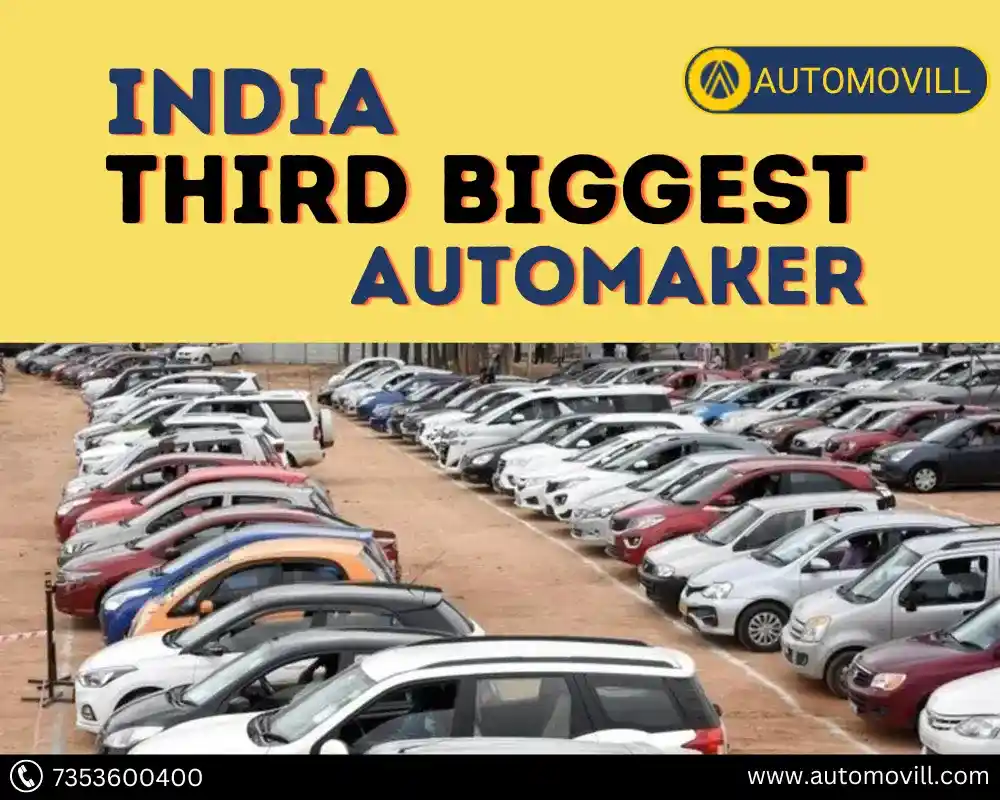
India has become the third-largest vehicle market in the world, overtaking Japan, according to data released by the Society of Indian Automobile Manufacturers (SIAM). This achievement is a significant milestone for the Indian automotive industry, which has been growing steadily over the past few years.
Growth of the Indian Automotive Industry
India has seen significant growth in its automotive industry in recent years. In the fiscal year 2020-2021, the industry saw a YoY growth of 13.6%, despite the COVID-19 pandemic. This growth can be attributed to a number of factors, including increasing disposable income, the rise of the middle class, and government initiatives to promote the industry.
Factors Contributing to the Growth
There are several factors that have contributed to the growth of the Indian automotive industry. One of the key factors is the increasing disposable income of the middle class. As people’s incomes have risen, they have been able to afford better-quality vehicles, which has led to an increase in demand for cars and other vehicles.
Another factor contributing to the growth of the industry is the government’s focus on promoting the industry. The Indian government has launched several initiatives over the past few years to promote the automotive industry, including the ‘Make in India’ campaign and the National Electric Mobility Mission Plan. These initiatives have encouraged foreign investment in the industry and have helped to create jobs and boost the economy.
The Impact of COVID-19 on the Automotive Industry
The COVID-19 pandemic had a significant impact on the Indian automotive industry, as it did on industries across the world. During the lockdowns imposed to control the spread of the virus, factories were shut down and vehicle sales plummeted. However, the industry was quick to adapt and bounced back strongly once the lockdowns were lifted.
Launch of Electric Vehicles in India
The growth of the Indian automotive industry has also been spurred by the launch of electric vehicles in the country. The government has been promoting the use of electric vehicles as a way to reduce pollution and promote sustainable transportation. Companies like Tata Motors, Mahindra & Mahindra, and Hyundai have already launched electric vehicles in India, and many others are expected to follow suit in the coming years.
Challenges Faced by the Indian Automotive Industry
Despite the growth and success of the Indian automotive industry, there are still several challenges that it faces. One of the biggest challenges is the lack of infrastructure to support the industry. India’s roads and highways are often in poor condition, which can lead to higher costs for vehicle manufacturers and slower transportation of goods.
Another challenge is the high taxes and tariffs imposed on the industry by the government. These taxes can make it difficult for companies to compete with foreign manufacturers, who often have lower tax rates in their home countries.
Conclusion
India’s rise to become the third-largest vehicle market in the world is a significant achievement for the country’s automotive industry. The industry has seen significant growth in recent years, thanks to increasing disposable income, government initiatives to promote the industry, and the launch of electric vehicles. However, the industry still faces several challenges, including the lack of infrastructure and high taxes. Despite these challenges, the Indian automotive industry is poised for continued growth in the coming years, and will likely play an increasingly important role in the global automotive market.
